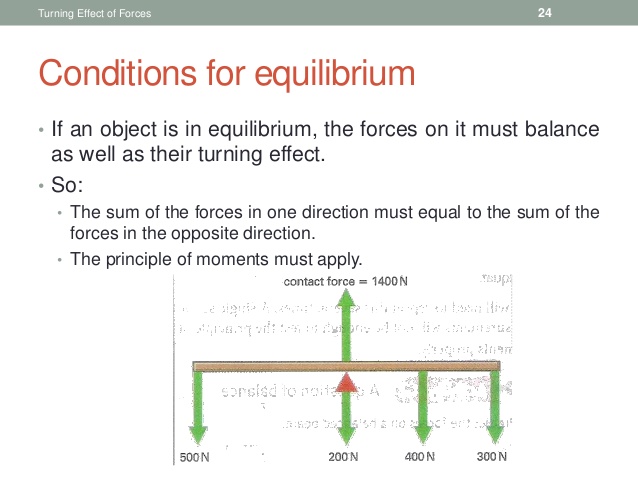Energy transfer

| Energy form | Description |
| Kinetic energy | The energy in a moving object is defined as that object’s kinetic energy. |
| Gravitational potential energy | The energy of an object, raised up against the force of gravity is that object’s Gravitational potential energy. |
| Chemical energy | The energy stored in chemical substances and which can be released in a chemical reaction is defined as chemical energy. |
| Electrical energy | The energy transferred by an electric current is called as electrical energy. |
| Nuclear energy | The energy stored in the nucleus of an atom is defined as nuclear energy. |
| Strain energy | The energy produced in an object when it is stretched or compressed is called as strain energy. |
| Internal energy | The energy of an object; the total kinetic and potential energies of its particles is defined as internal energy. |
| Thermal (heat) energy | The energy being transferred from a hotter place to a cooler place, as a result of the temperature difference between them is called as thermal (heat) energy. |
| Light energy | The energy emitted in the form of visible radiation is defined as light energy |
| Sound energy | The energy being transferred in the form of sound waves is called as sound energy. |
Energy stores, energy transfers
Energy can either be stored in an object, or it can be transferred from one object to another.
| Energy stores | Energy transfers |
| Kinetic energy | Sound energy |
| Gravitational potential energy | Thermal (heat) energy |
| Chemical energy | Electrical energy |
| Nuclear energy | Light energy |
| Strain energy | |
| Internal energy |
Energy conversions
When energy changes from one form to another, we can say that it is converted or transformed.
Let us look at an example at a simple energy transformation:
A car accelerating up a hill:
The car is accelerating, so we can say that its kinetic energy is increasing. It is also moving up a hill, so its gravitational potential energy is increasing as well. It produces a lot of sound and heat as it moves.
Hence, to sum it up, here the energy conversion taking place:
Chemical energy -> kinetic energy + gravitational potential energy + thermal energy + sound energy
Principle of conversion of energy
In any energy conversion, the total amount of energy before and after the conversion is constant.
This tells us something important about energy:
Energy can never be created or destroyed; the total and final amount of energy remains constant.









Comments